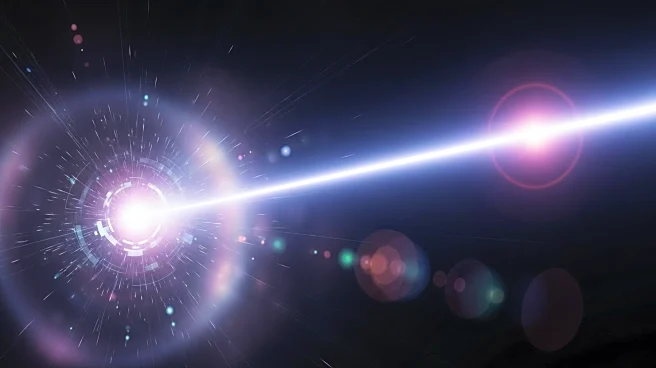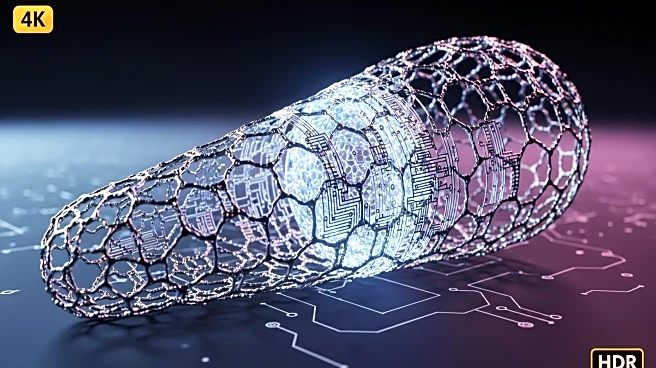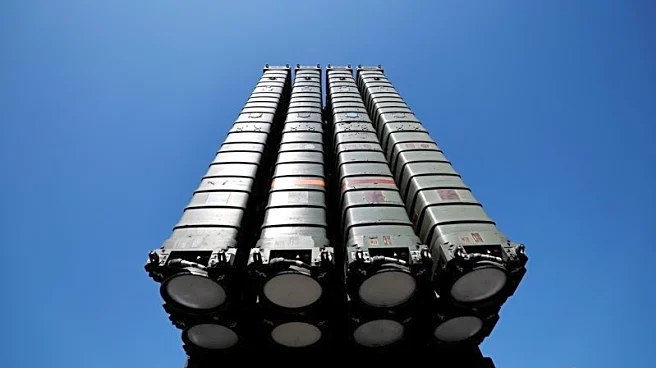What's Happening?
Researchers at Heidelberg University in Germany have developed a novel method to magnify and image the quantum wave functions of ultracold atoms. This advancement allows scientists to observe the quantum states of atoms, which are typically difficult to image due to their close proximity in solid materials. By using lasers and electromagnetic radiation, the team was able to control the quantum properties of these atoms, arranging them into tightly-packed arrays that mimic the structure of solid materials. The researchers, led by Sandra Brandstetter, successfully magnified the wave functions of lithium atoms by 50 times, enabling detailed imaging that was previously unattainable. This technique involved cooling the atoms to near absolute zero and using laser light to manipulate their quantum states, effectively creating a magnifying effect similar to aligning lenses in a microscope.
Why It's Important?
This breakthrough in imaging quantum wave functions has significant implications for the study of quantum materials such as superconductors and superfluids. By providing a clearer understanding of the quantum behavior of individual atoms, this technique could lead to advancements in the development of electronic devices that utilize quantum properties. The ability to image and analyze the interactions between atoms at such a detailed level could pave the way for innovations in materials science, potentially leading to the creation of materials with unique properties like zero viscosity or perfect electrical conductivity. This research enhances the fundamental understanding of quantum mechanics and could have far-reaching impacts on technology and industry.
What's Next?
The research team plans to use this imaging technique to study the behavior of fermions, a type of quantum particle, when they pair up to form states of matter that can flow without viscosity or conduct electricity with perfect efficiency. Understanding these interactions at a quantum level could be crucial for developing new materials and technologies. Future experiments will focus on creating pairs of ultracold fermionic atoms and imaging their magnified wave functions to gain insights into their quantum states and interactions.












